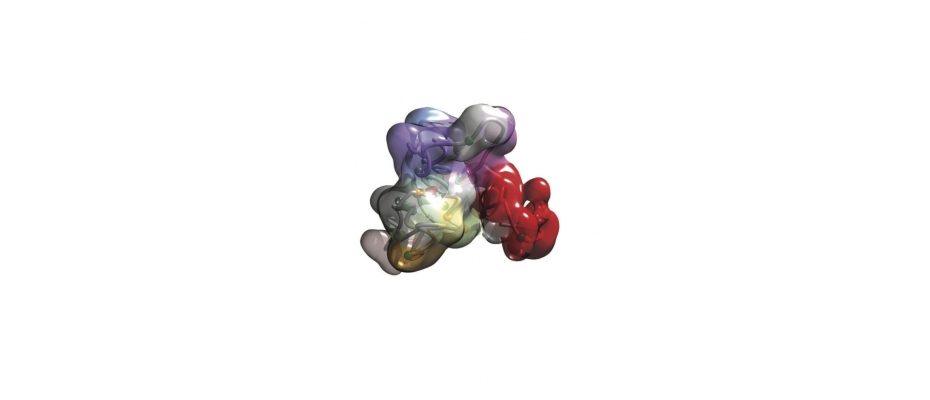
Since January 2016 the website of the MuG, the European three-dimensional (3D) genomics project entitled “Multi-scale complex genomics” with the participation of the CNAG-CRG, is available. In the website you can find detailed information about the research and you will be able to follow the news during the three years of the project. Coordinated by Dr. Modesto Orozco, at the Institute for Research in Biomedicine (IRB Barcelona), the project has a budget of 3 million euros.
The goal is to standardise experiments in 3D genomics and the storage of data and to develop a set of protocols, methods, and processes by which to exploit these data, thus laying the groundwork for an emerging field that lacks organisation.
The project falls within “e-Infrastructures for Virtual Research Environments”, part of the EU’s Horizon2020 Programme and involves six European reference centres in programming, method development, and visualisation techniques for 3D genomics data. Besides the CNAG-CRG, labs at the following centres will be participating: IRB Barcelona; the Barcelona SuperComputing Center (BSC); the Institute of Human Genetics of the Centre National de la Recherche Scientifique (IGH-CNRS); the University of Nottingham; the European Molecular Biology Laboratory (EMBL-EBI)
The role of the CNAG-CRG in the project
The CNAG-CRG acts as coordinator of WP3 for Multi-scale visualization of genomics data. We are in charge of providing a visualizer of genomics data in 3D and 4D (in time). The Structural Genomics Team at the CNAG-CRG will deploy its TADkit software (http://www.3DGenomes.org) as a platform for visualizing the genomics data and simulation provided by the other partners in the MuG consortium.
From 1D to 3D
3D genomics provides information about the structures adopted by folded DNA inside a cell and about how they change over time and in response to alterations in cell environment.
Modesto Orozco, the coordinator of the project says, “The 3D perspective will allow us to better relate changes in the genome with the corresponding diseases, because although 1D information is relevant, it falls short.”











